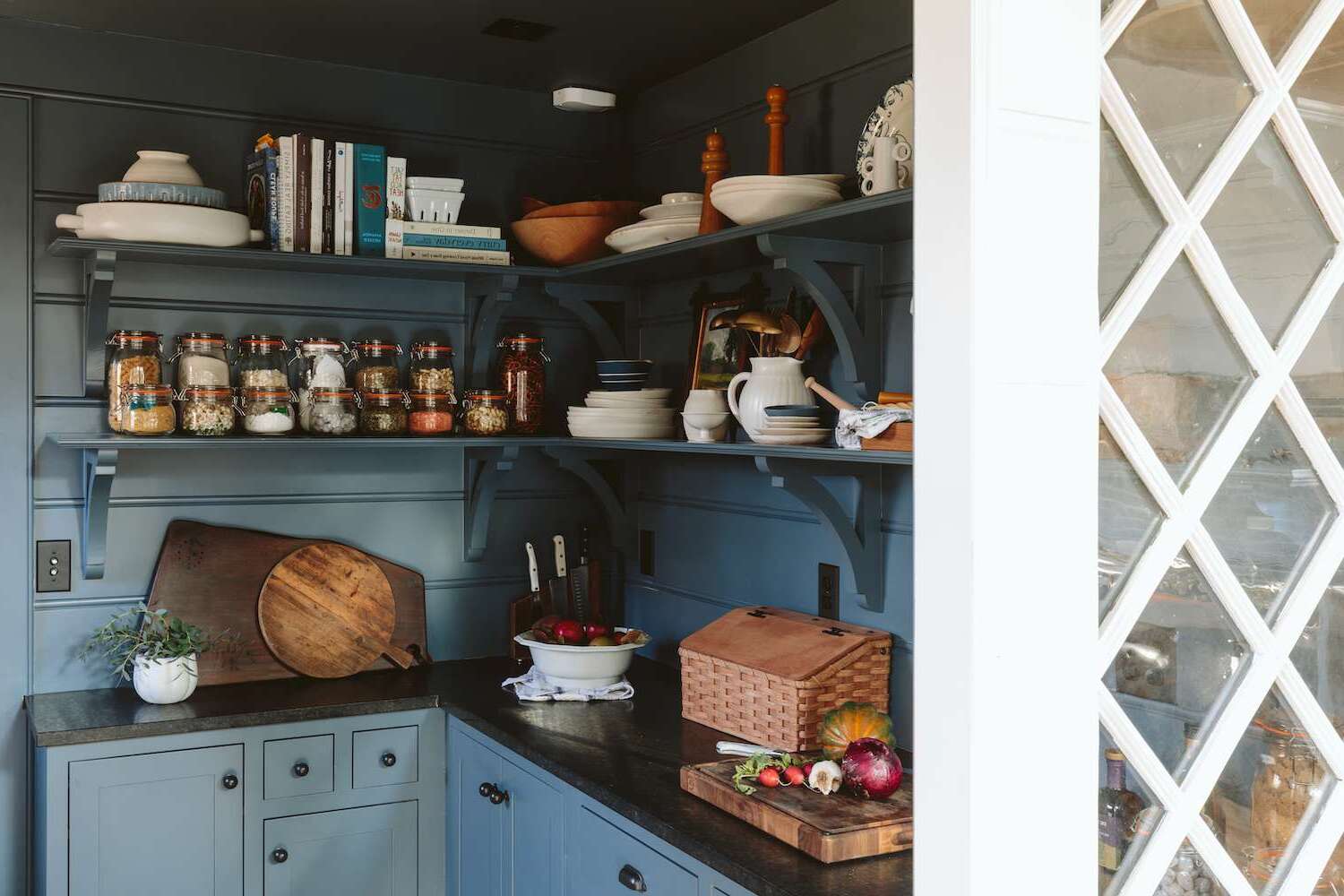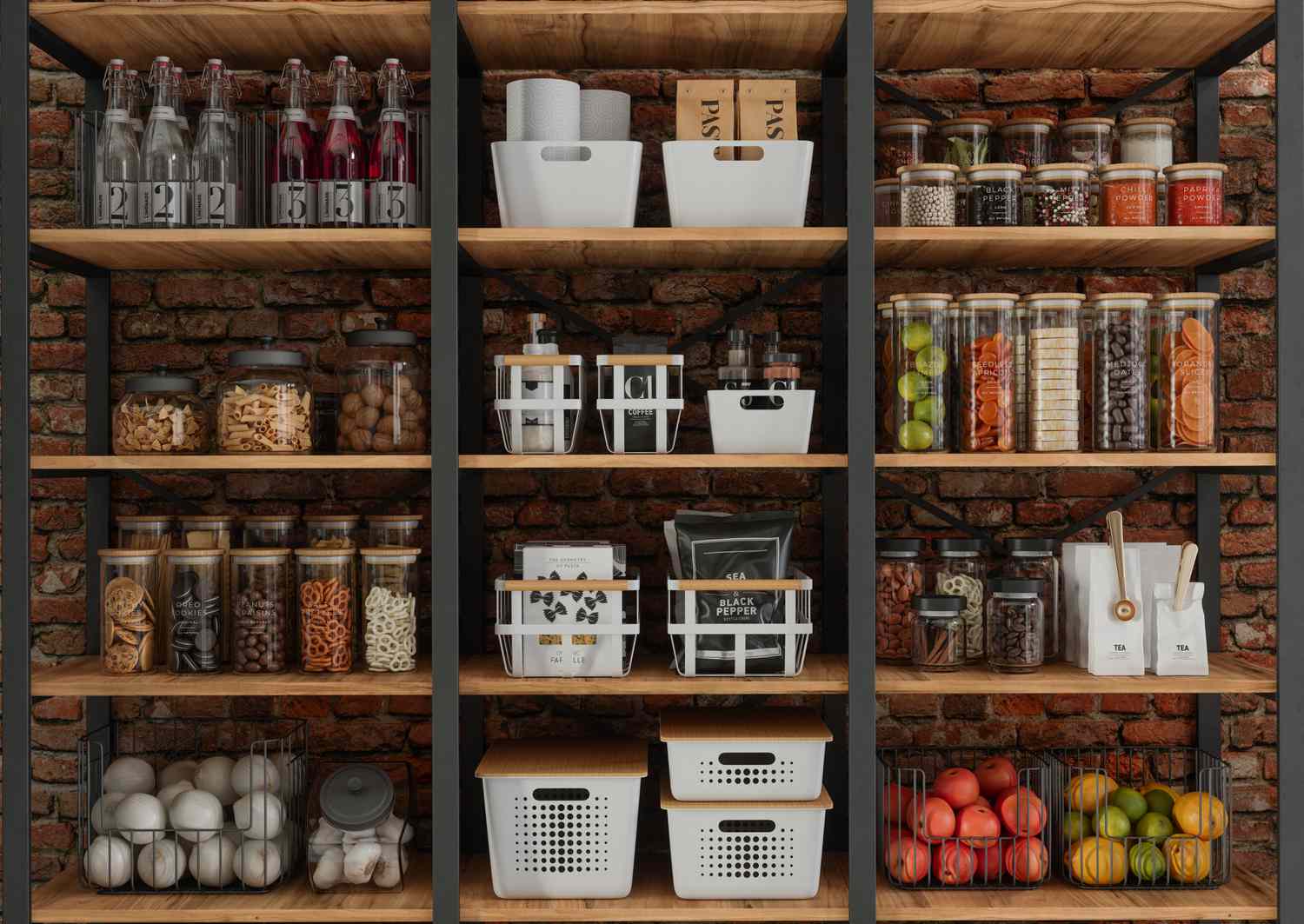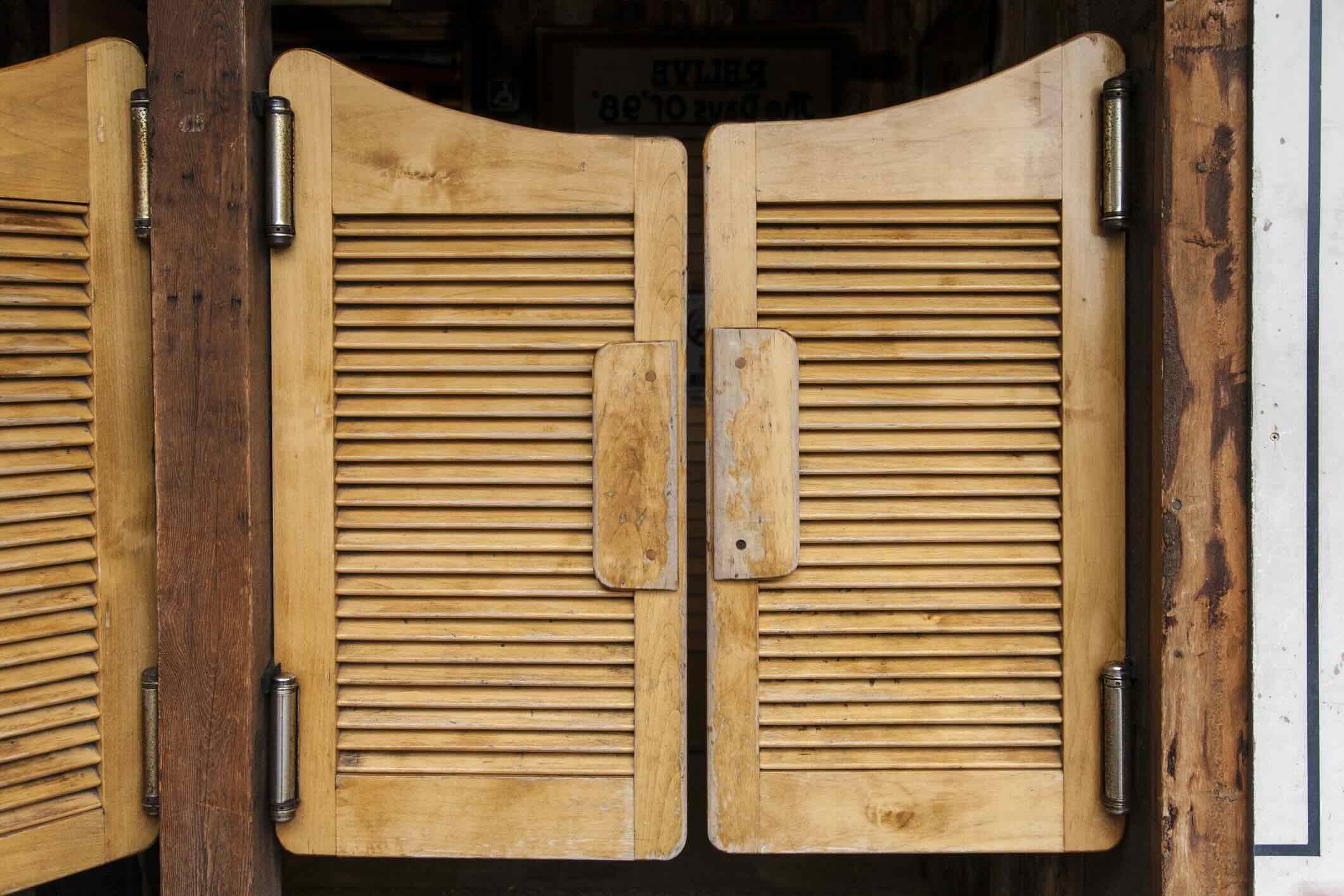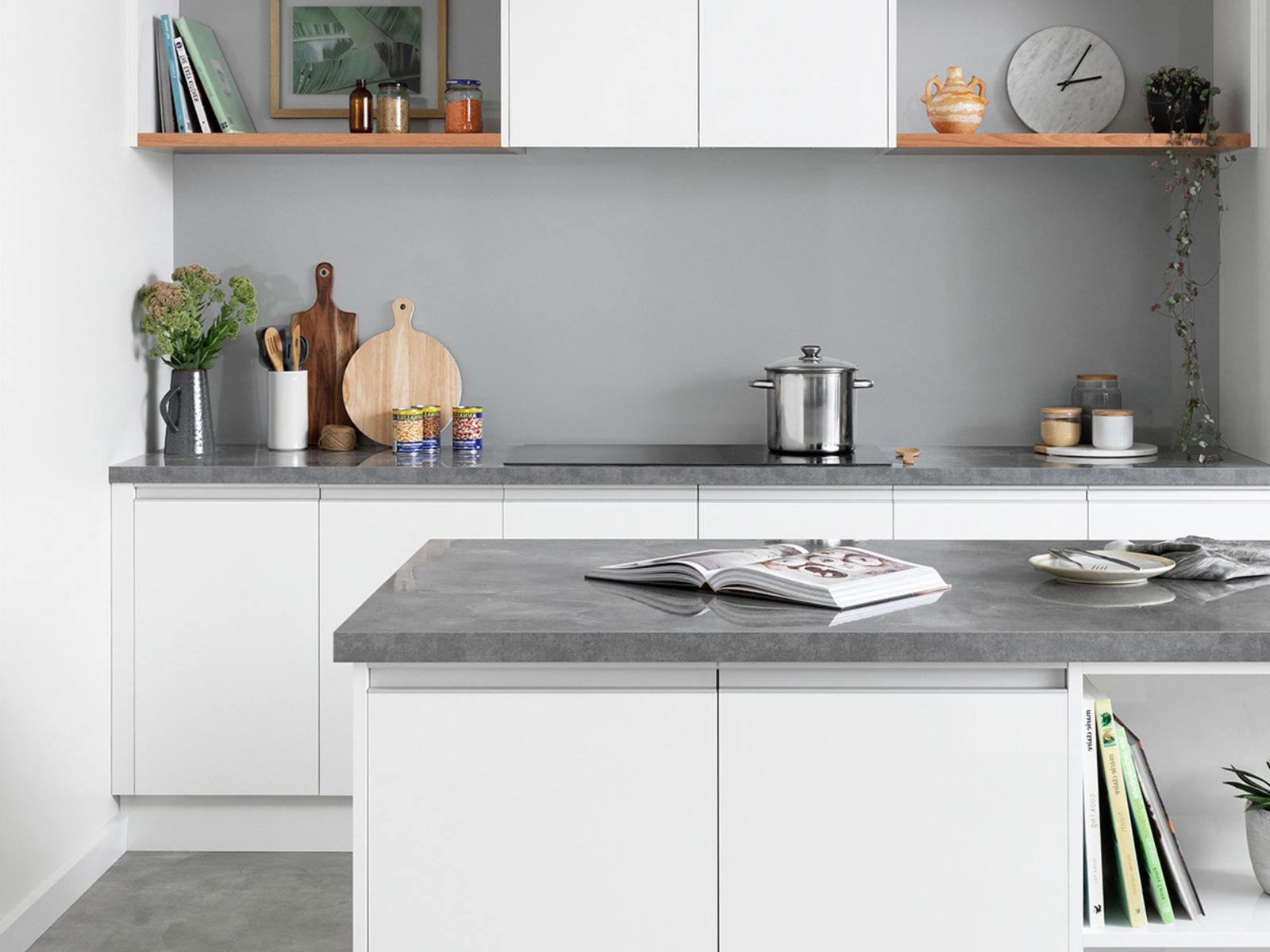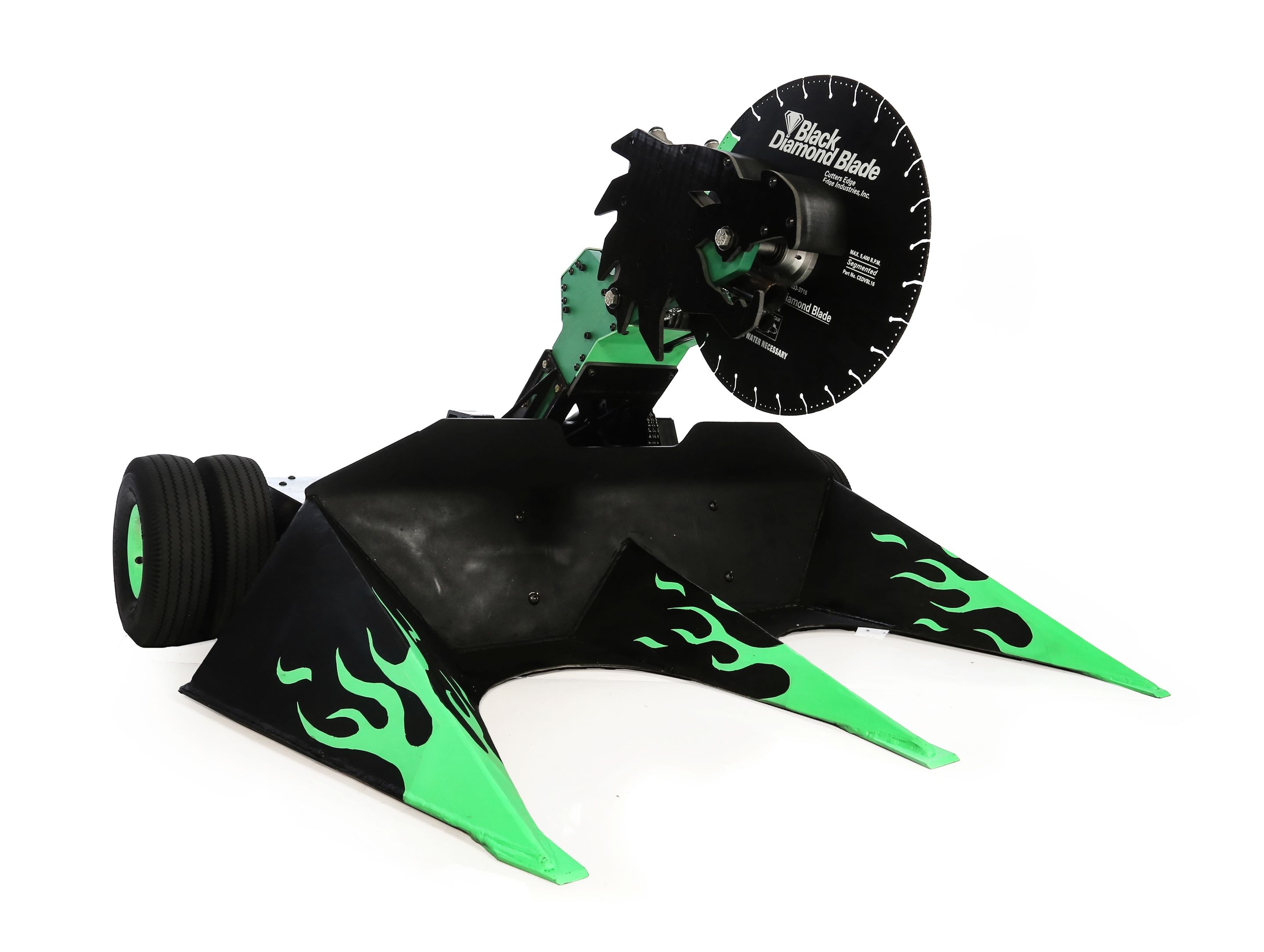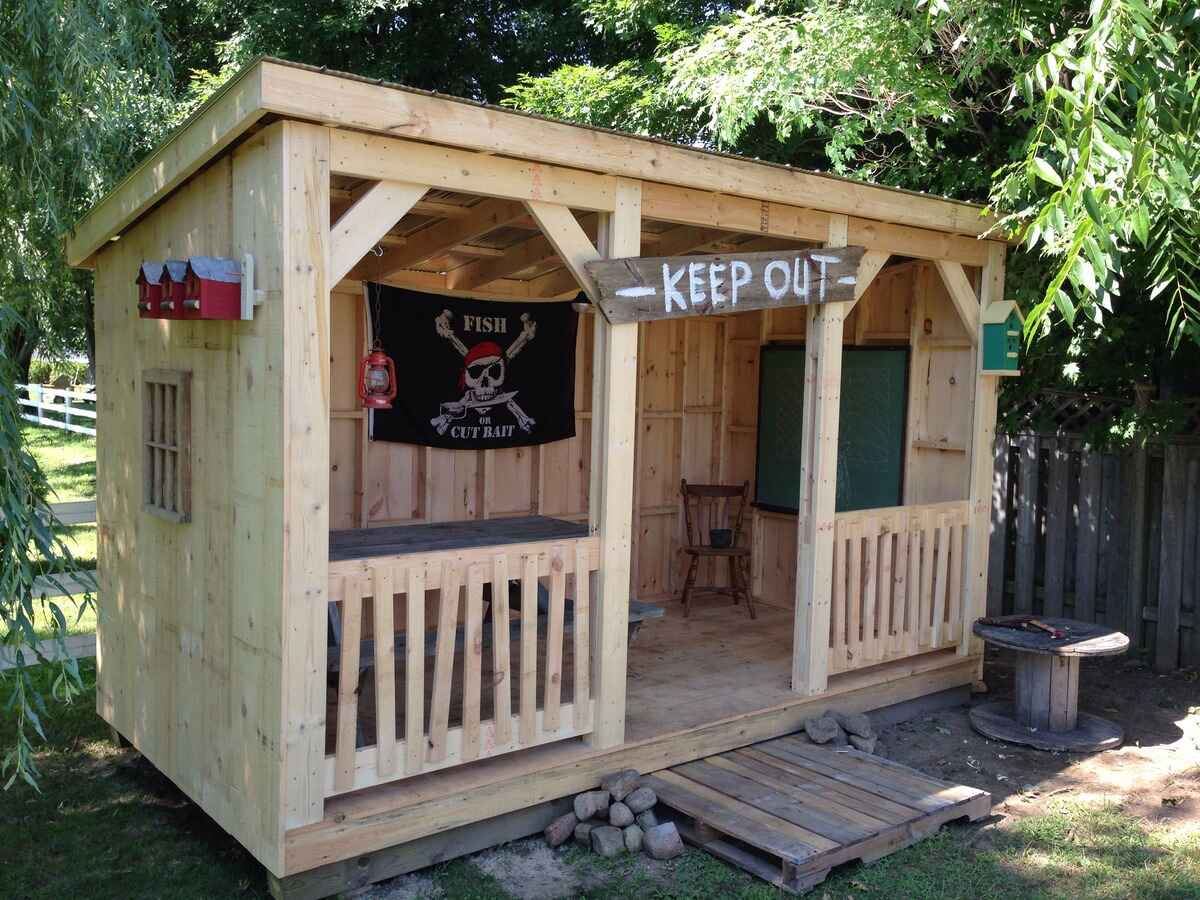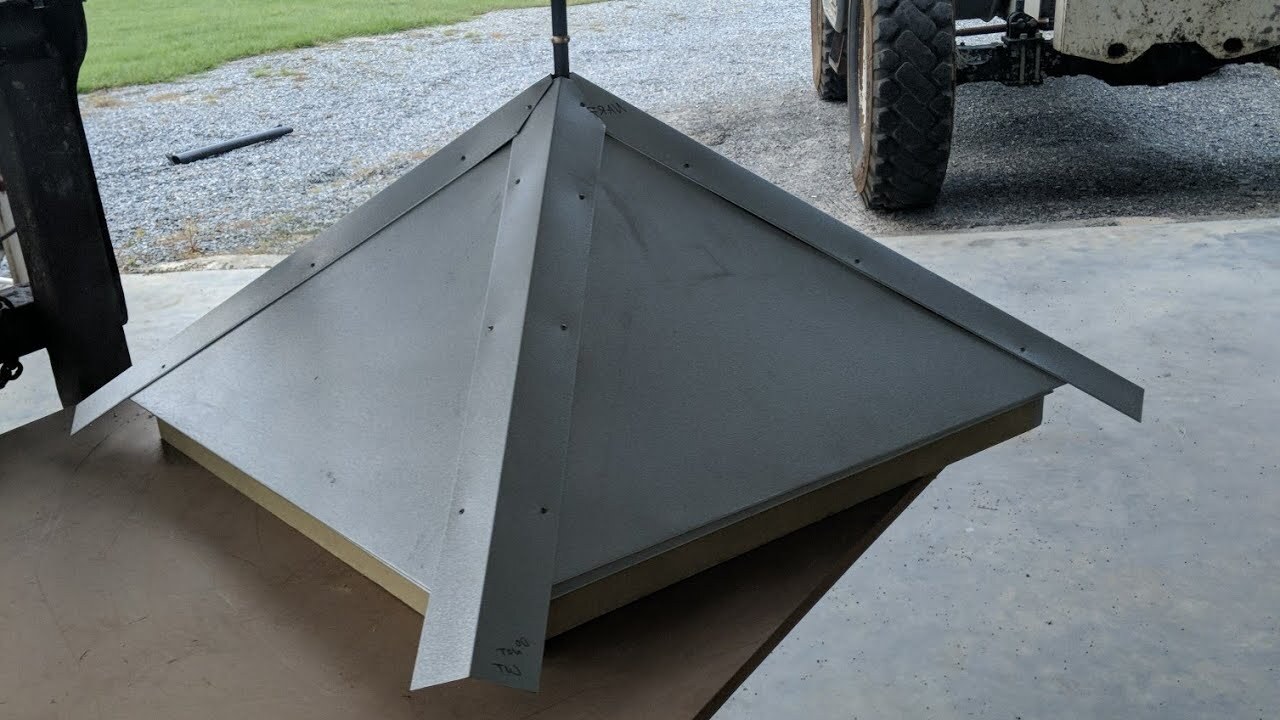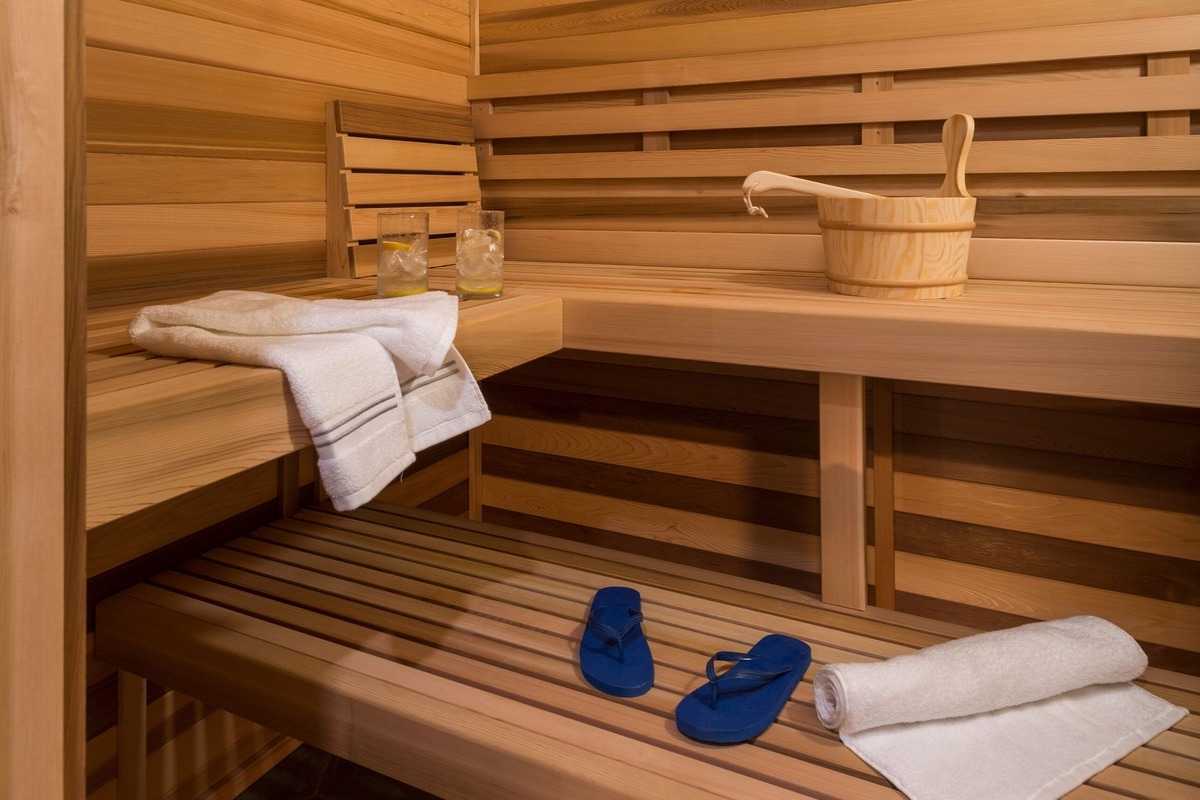Home>Create & Decorate>DIY & Crafts>How To Build A Pantry
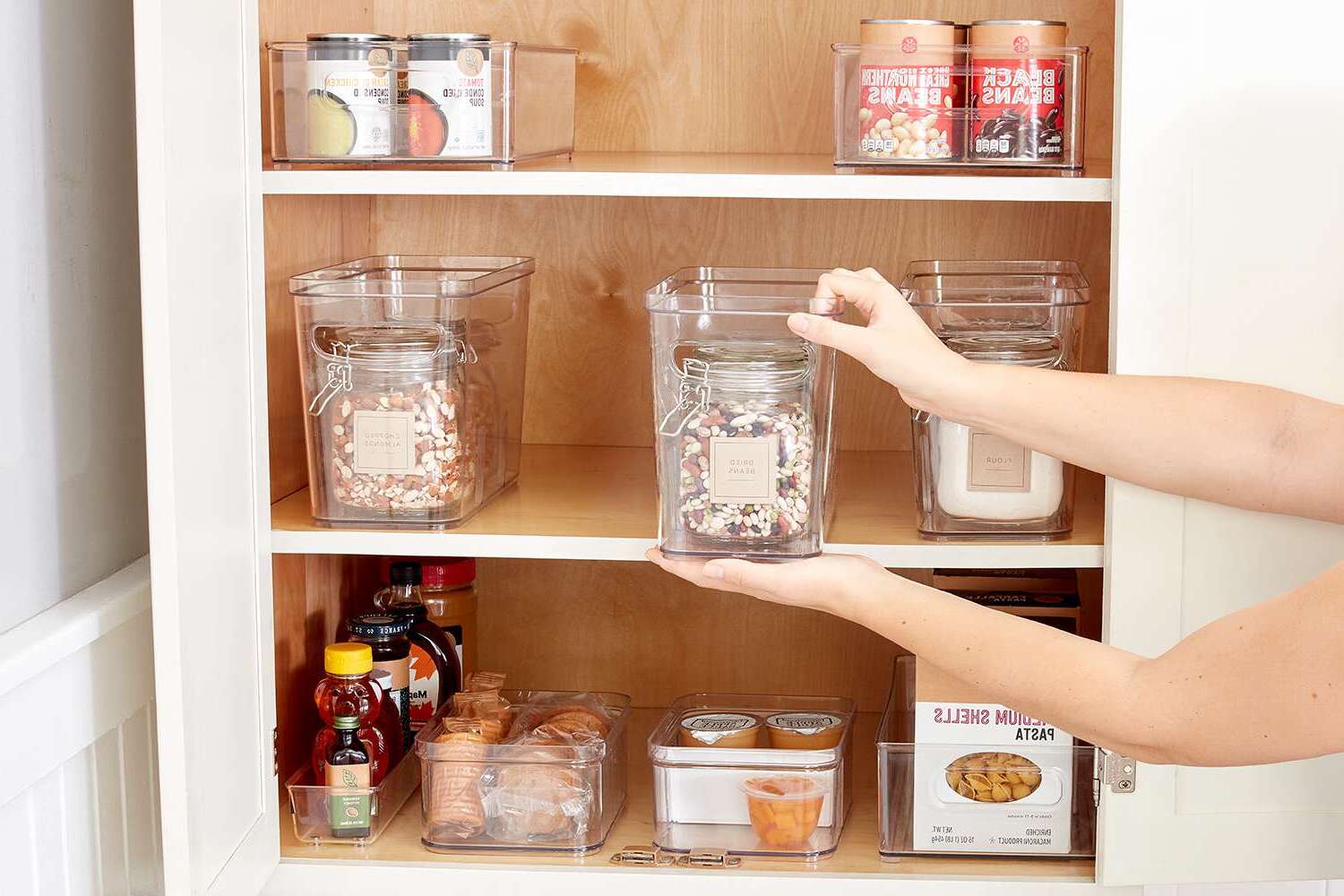

DIY & Crafts
How To Build A Pantry
Published: February 24, 2024

Senior Editor in Create & Decorate, Kathryn combines traditional craftsmanship with contemporary trends. Her background in textile design and commitment to sustainable crafts inspire both content and community.
Learn how to create a DIY pantry with our step-by-step guide. Get creative with our DIY & Crafts tips for building the perfect pantry.
(Many of the links in this article redirect to a specific reviewed product. Your purchase of these products through affiliate links helps to generate commission for Twigandthistle.com, at no extra cost. Learn more)
Introduction
Creating a well-organized and functional pantry is a game-changer for any home. A thoughtfully designed pantry not only provides ample storage for food and kitchen essentials but also streamlines meal preparation and grocery shopping. Whether you're a culinary enthusiast, a busy parent, or someone who simply enjoys a well-ordered living space, building a pantry tailored to your needs can significantly enhance your daily routine.
In this comprehensive guide, we will walk you through the step-by-step process of building a pantry that suits your space, lifestyle, and storage requirements. From assessing your available space to selecting the right storage solutions and stocking your pantry with essentials, we've got you covered. By the end of this journey, you'll be equipped with the knowledge and inspiration to transform your pantry into a functional and visually appealing area that complements your home.
So, roll up your sleeves and get ready to embark on this fulfilling DIY project. Whether you're starting from scratch, revamping an existing pantry, or converting a cabinet into a pantry, this guide will provide you with the insights and tips needed to make informed decisions and bring your vision to life. Let's dive in and explore the exciting world of pantry organization and design, where creativity meets practicality, and where a well-stocked pantry becomes the heart of your home.
Read more: How To Build Pantry Shelves
Step 1: Assessing Your Space
Before diving into the planning and organization of your pantry, it's crucial to assess the space you have available. Whether you're working with a dedicated room, a closet, or a section of your kitchen, understanding the dimensions and layout will lay the foundation for an efficient and practical pantry design.
Start by taking precise measurements of the area where you intend to create or revamp your pantry. Note the height, width, and depth of the space, as well as any architectural features such as alcoves, sloped ceilings, or irregular angles. These measurements will guide your decisions when selecting storage solutions and configuring the layout of your pantry.
Next, consider the accessibility and traffic flow within the space. If your pantry is part of the kitchen, think about how it integrates with the cooking and dining areas. Assess the proximity to appliances, countertops, and the dining table to ensure that the pantry is conveniently located for meal preparation and serving.
Additionally, evaluate the lighting and ventilation in the space. Adequate lighting is essential for a functional pantry, making it easier to locate items and assess their condition. Natural light can also contribute to a welcoming atmosphere. Proper ventilation is crucial for preserving the quality of stored food items and preventing musty odors.
Take stock of any existing shelving, cabinetry, or storage units in the space. Assess their condition, functionality, and how well they accommodate your storage needs. This evaluation will help you determine whether you can repurpose existing elements or if a complete overhaul is necessary.
Lastly, consider your personal preferences and lifestyle. Think about the types of items you typically store in your pantry, such as canned goods, dry ingredients, small appliances, or cookware. Understanding your storage requirements and usage patterns will inform the design and organization of your pantry.
By thoroughly assessing your space, you'll gain valuable insights that will guide the subsequent steps of planning, selecting storage solutions, and stocking your pantry. This foundational understanding sets the stage for a tailored and efficient pantry that aligns with your specific needs and enhances your daily routine.
Step 2: Planning Your Pantry Layout
Designing an efficient and well-organized pantry layout is essential for maximizing storage space and ensuring easy access to your everyday essentials. Whether you have a small closet or a spacious room dedicated to pantry storage, thoughtful planning will allow you to make the most of the available space while creating a visually appealing and functional area.
Begin by envisioning how you want to utilize the space. Consider the frequency of use for different items and prioritize easy access to those essentials. For example, frequently used items such as spices, canned goods, and cooking oils should be readily accessible, while less frequently used items can be stored in less convenient locations.
Next, determine the primary zones within your pantry. These may include zones for dry goods, canned goods, baking supplies, snacks, small appliances, and non-food items such as cleaning supplies or pet food. Organizing your pantry into distinct zones will streamline the storage and retrieval process, making it easier to maintain order and keep track of inventory.
When planning the layout, take into account the available storage solutions such as shelves, cabinets, drawers, and baskets. Adjustable shelving is particularly versatile as it allows you to customize the height between shelves to accommodate items of varying sizes. Utilize vertical space by incorporating tall shelving units or installing hooks for hanging storage, maximizing the use of every inch of the pantry.
Consider incorporating storage containers and bins to keep loose items organized and visually appealing. Clear containers are ideal for storing dry goods such as rice, pasta, and grains, allowing you to easily see the contents and monitor supply levels. Labeling containers can further enhance organization and simplify the process of locating specific items.
Incorporate space-saving solutions such as door-mounted racks, pull-out drawers, and stackable storage to optimize the available space. These additions can significantly increase the storage capacity of your pantry while keeping items neatly arranged and easily accessible.
As you plan the layout, keep in mind the aesthetic aspect of your pantry. Introduce elements that reflect your personal style, such as decorative baskets, jars, or artwork. A well-designed pantry not only serves a practical purpose but also contributes to the overall visual appeal of your home.
By carefully planning the layout of your pantry, you can create a space that not only meets your storage needs but also enhances the efficiency and enjoyment of daily kitchen activities. Thoughtful organization and strategic utilization of space will result in a pantry that is both functional and visually pleasing, elevating the overall functionality and aesthetic of your home.
Step 3: Choosing Pantry Storage Solutions
Selecting the right storage solutions is a pivotal aspect of creating a well-organized and efficient pantry. The diverse array of storage options available allows you to customize your pantry to suit your specific needs and preferences. By carefully considering the following factors, you can choose pantry storage solutions that maximize space, enhance accessibility, and contribute to a visually appealing and functional storage area.
1. Shelving and Cabinetry
When it comes to pantry storage, shelving and cabinetry play a central role in organizing and displaying your items. Adjustable shelving is highly versatile, allowing you to customize the height between shelves to accommodate items of various sizes. Consider installing sturdy, deep shelves to accommodate bulkier items such as small appliances or large containers. Additionally, pull-out or swing-out shelves can provide easy access to items stored at the back of deep cabinets, maximizing the use of space and ensuring nothing gets lost or forgotten.
2. Storage Containers and Bins
Introducing storage containers and bins into your pantry can revolutionize the way you organize and store dry goods, snacks, and cooking essentials. Clear, airtight containers are ideal for storing items such as flour, sugar, rice, and pasta, keeping them fresh and visible while preventing pantry pests. Utilize stackable bins to corral smaller items like packets of seasoning mixes, tea bags, or snack bars, making it easier to maintain order and quickly locate specific items.
3. Door-Mounted Storage
Make the most of the often underutilized space on the back of your pantry door by incorporating door-mounted storage solutions. Over-the-door racks or organizers can hold a variety of items, from spices and condiments to wraps and foils, freeing up valuable shelf space and providing easy access to frequently used items. This efficient use of vertical space can significantly increase the overall storage capacity of your pantry.
4. Pull-Out Drawers and Baskets
Integrating pull-out drawers and baskets into your pantry design can greatly enhance accessibility and organization. These features allow you to efficiently utilize deep shelves or cabinets, providing easy access to items stored at the back. Consider incorporating wire or wicker baskets for storing potatoes, onions, or root vegetables, ensuring proper ventilation and easy visibility of contents.
5. Specialty Storage Solutions
Depending on your specific storage needs, consider incorporating specialty storage solutions such as wine racks, vertical tray dividers, or hanging hooks for pots and pans. These tailored solutions can optimize the storage of specific items, making it easier to maintain order and access the items you use regularly.
By carefully selecting and integrating a combination of these pantry storage solutions, you can create a well-organized, visually appealing, and highly functional storage space that aligns with your lifestyle and enhances your daily kitchen activities. The thoughtful consideration of storage options ensures that your pantry not only meets your current needs but also adapts to accommodate future changes in your household and culinary endeavors.
Read more: How to Build a DIY Pantry Organizer
Step 4: Stocking Your Pantry
Stocking your pantry is an exciting and essential step in the process of creating a functional and well-equipped storage space. As you fill your pantry with a carefully curated selection of food items, cooking essentials, and household supplies, you have the opportunity to tailor the inventory to your culinary preferences, dietary needs, and lifestyle. This step not only involves organizing your pantry but also reflects your unique tastes and the way you approach meal preparation and household management.
When stocking your pantry, it's important to begin by taking inventory of the items you regularly use and consume. Consider the staple ingredients that form the foundation of your cooking, such as rice, pasta, canned goods, and cooking oils. These essentials serve as the building blocks for a wide range of recipes and meals, making them indispensable components of a well-stocked pantry.
In addition to basic staples, consider incorporating a variety of spices and seasonings to add depth and flavor to your culinary creations. Whether you prefer a robust selection of individual spices or curated spice blends, having a well-rounded assortment of seasonings at your fingertips can elevate the taste of your dishes and inspire culinary experimentation.
Furthermore, assess your household's consumption of snacks, beverages, and non-perishable items. Stock your pantry with a selection of healthy snacks, indulgent treats, and beverages that cater to the preferences of your family members or housemates. By maintaining a diverse range of snacks and beverages, you can ensure that everyone has access to their favorite options, whether it's a comforting cup of tea, a satisfying snack, or a refreshing beverage.
When it comes to non-food items, consider including cleaning supplies, paper products, and household essentials in your pantry inventory. By storing these items alongside your food and cooking supplies, you can streamline household management and ensure that everything you need is conveniently located in one central area.
As you stock your pantry, pay attention to organization and accessibility. Group similar items together and consider using storage containers, bins, and labels to maintain order and simplify the process of locating specific items. By creating designated zones for different categories of items, such as baking supplies, canned goods, and snacks, you can optimize the functionality of your pantry and make it easier to keep track of inventory levels.
Ultimately, stocking your pantry is an opportunity to create a personalized and efficient storage space that reflects your culinary preferences, household needs, and lifestyle. By thoughtfully curating the contents of your pantry and organizing them in a strategic manner, you can establish a well-stocked and visually appealing storage area that enhances your daily routine and inspires creativity in the kitchen.
Step 5: Maintaining Your Pantry
Maintaining a well-organized and functional pantry is essential for preserving the efficiency and convenience it brings to your daily routine. Once you have designed and stocked your pantry, establishing a maintenance routine will ensure that it remains a streamlined and visually appealing storage space. By incorporating regular maintenance tasks into your household schedule, you can uphold the organization, cleanliness, and functionality of your pantry.
Begin by implementing a system for regular inventory checks. Set aside time at regular intervals to assess the contents of your pantry, taking note of items that need replenishing, organizing, or discarding. This practice not only helps prevent food waste by identifying and using items before they expire but also allows you to maintain a well-stocked inventory of essentials.
Furthermore, prioritize cleanliness and order within your pantry. Regularly wipe down shelves, containers, and surfaces to prevent the accumulation of dust, spills, and food debris. By keeping your pantry clean and well-maintained, you create a hygienic environment for storing food items and cooking supplies, ensuring their quality and freshness.
As part of your maintenance routine, consider reevaluating the organization and layout of your pantry to accommodate any changes in your storage needs or household dynamics. Periodically assess the effectiveness of your storage solutions and make adjustments as necessary to optimize accessibility and functionality. This proactive approach allows your pantry to adapt to evolving requirements and ensures that it continues to meet your storage and organizational needs.
In addition to physical maintenance, it's important to cultivate mindful consumption habits. Regularly review your pantry inventory and make conscious choices when restocking items. By being mindful of your consumption patterns and purchasing only what you need, you can prevent overcrowding and maintain a well-organized and efficient storage space.
Lastly, involve all household members in the maintenance of the pantry. Encourage family members or housemates to adhere to the organization and cleanliness standards established for the pantry. By fostering a collective responsibility for pantry maintenance, you create a shared commitment to preserving the functionality and visual appeal of the space.
By integrating these maintenance practices into your household routine, you can ensure that your pantry remains a well-organized, visually appealing, and efficient storage area. Regular inventory checks, cleanliness, thoughtful organization, and mindful consumption habits collectively contribute to the longevity and functionality of your pantry, enriching your daily kitchen activities and household management.


